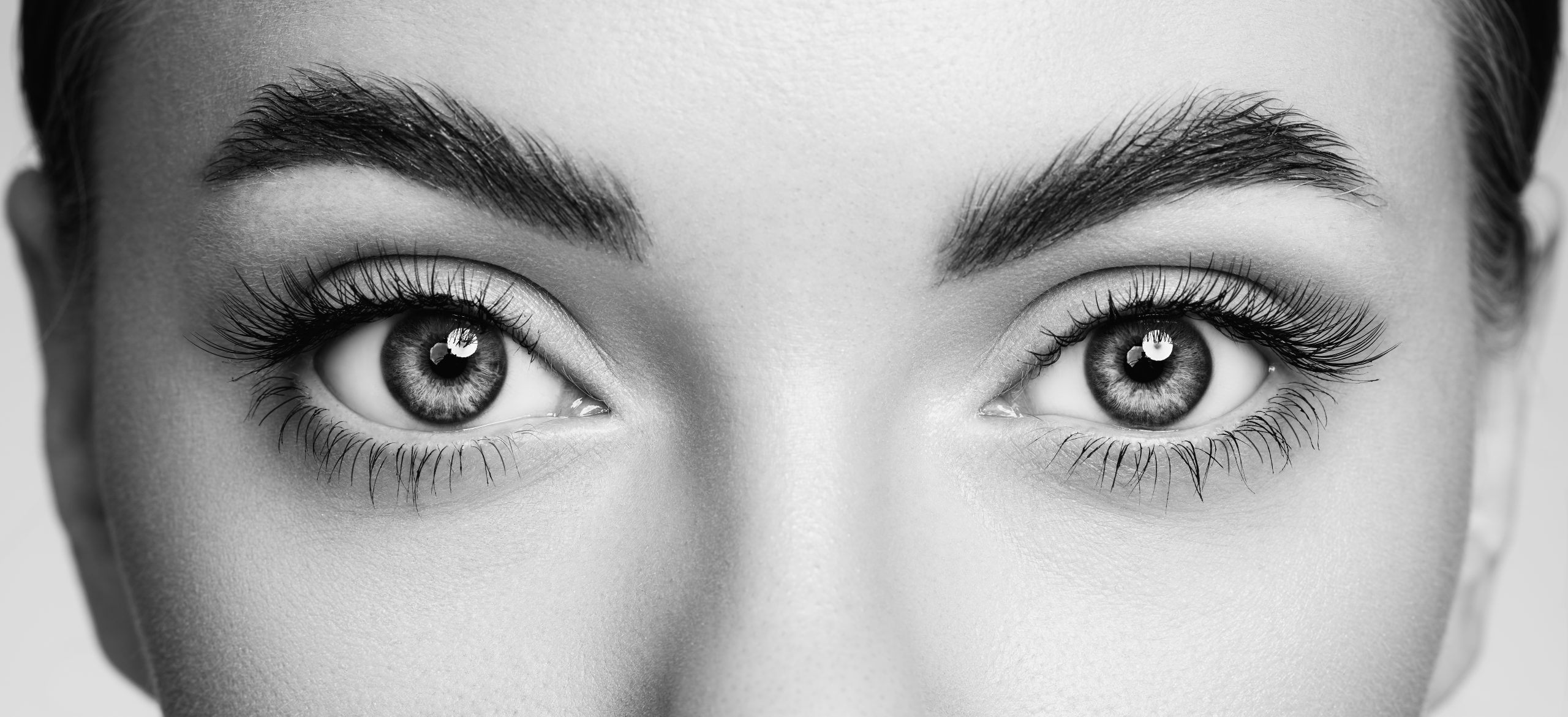Introduction
Blepharoplasty, commonly known as eyelid surgery, is a cosmetic procedure aimed at rejuvenating the appearance of the eyelids by removing excess skin, fat, and muscle tissue. While blepharoplasty can effectively address concerns such as sagging eyelids and under-eye bags, understanding the recovery timeline and what to expect post-surgery is essential for patients considering this procedure. In this article, we’ll explore the process of blepharoplasty, including surgical techniques, recovery time, aftercare, and when to expect the eyelids to look normal again.
What is Blepharoplasty?
Blepharoplasty is a surgical procedure performed to improve the appearance of the eyelids by removing excess skin, fat, and muscle tissue. It can be performed on the upper eyelids, lower eyelids, or both, depending on the patient’s individual concerns and aesthetic goals. Blepharoplasty aims to restore a more youthful and refreshed appearance to the eyes, addressing common signs of aging such as drooping eyelids, puffiness, and wrinkles.
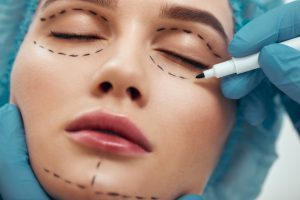
What are the steps in a Blepharoplasty?
Blepharoplasty is typically performed under local or general anesthesia, depending on the extent of the procedure and the patient’s preferences. During the surgery, incisions are carefully made along the natural creases of the eyelids to minimize visible scarring. Excess skin, fat, and muscle tissue are then removed or repositioned to achieve the desired aesthetic outcome.
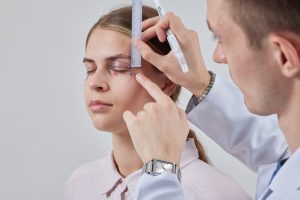
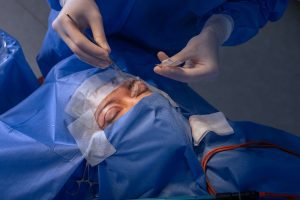
What to expect during the recovery time after Blepharoplasty?
While incisions are made strategically to minimize scarring, some degree of scarring is inevitable following blepharoplasty. However, scars tend to fade over time and become less noticeable with proper care and attention. Patients can expect some swelling, bruising, and discomfort in the days following surgery, which can be managed with pain medications and cold compresses.
Recovery time varies from patient to patient but typically ranges from one to two weeks. During this time, it’s important to follow post-operative instructions provided by your surgeon, including keeping the head elevated, avoiding strenuous activities, and applying prescribed ointments or eye drops as directed. Attend all scheduled follow-up appointments to monitor progress and address any concerns or complications that may arise.
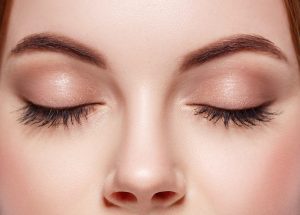
What to take care of, during the recovery time, after Blepharoplasty?
During the recovery period, it’s important to take care of the surgical incisions and avoid rubbing or scratching the eyes. Protecting the eyes from sun exposure and wearing sunglasses outdoors can help minimize scarring and promote healing. While initial results may be visible shortly after surgery, final results may take several weeks to months to fully manifest as swelling subsides and the tissues settle into their new position.
How long after Blepharoplasty will you look normal?
The timeline for when the eyelids start to look normal again varies from patient to patient and depends on factors such as individual healing ability and the extent of the procedure. In general, patients can expect to see noticeable improvement in the appearance of the eyelids within a few weeks following surgery, with final results becoming apparent as swelling continues to diminish and scars fade over time.

Conclusion
Blepharoplasty is a popular cosmetic procedure that can effectively rejuvenate the appearance of the eyelids and enhance overall facial aesthetics. Understanding the recovery timeline and what to expect post-surgery is crucial for patients considering blepharoplasty. By following post-operative instructions, practicing diligent aftercare, and being patient during the recovery process, patients can achieve natural-looking results and enjoy a more youthful and refreshed appearance of the eyelids.
Disclaimer: The content on this blog is intended for general informational purposes only. It is not a substitute for professional medical advice, diagnosis, or treatment. Always consult qualified healthcare providers for personalized advice. Information regarding plastic surgery, dental treatment, hair transplant, and other medical procedures is educational and not a guarantee of results. We do not assume liability for actions taken based on blog content. Medical knowledge evolves; verify information and consult professionals. External links do not imply endorsement. By using this blog, you agree to these terms.

